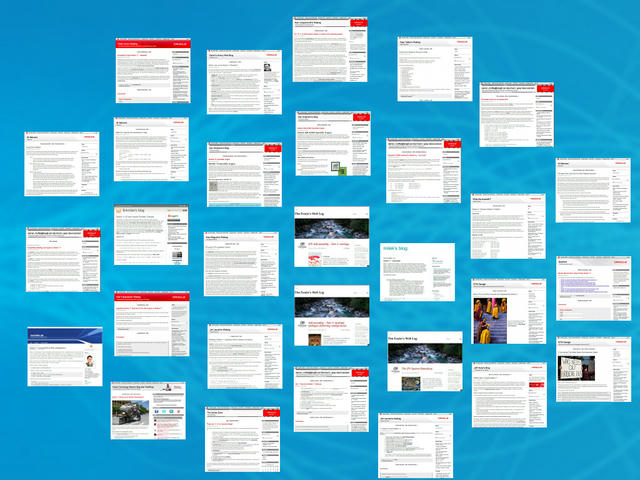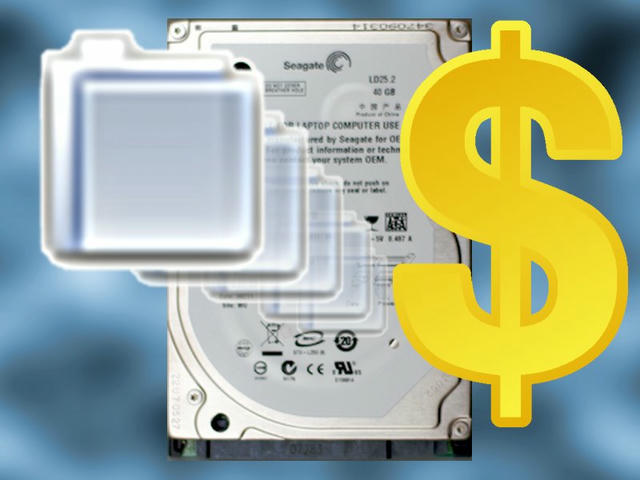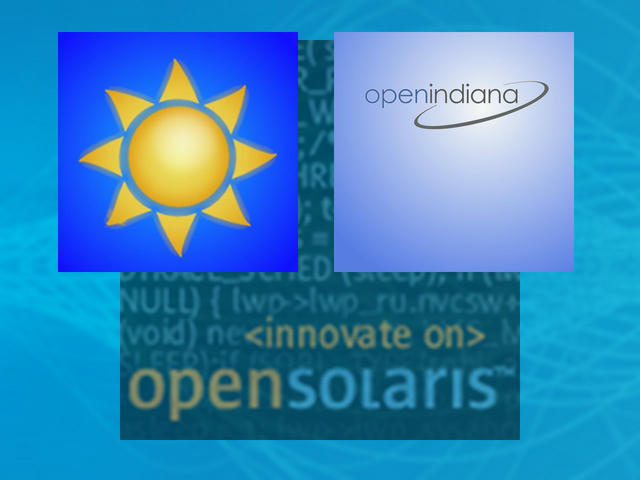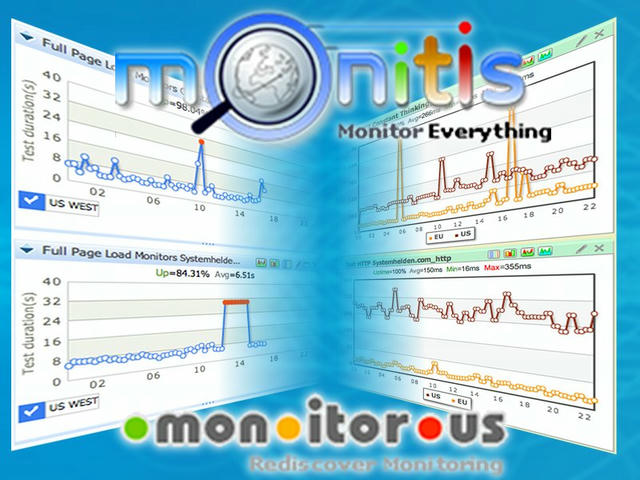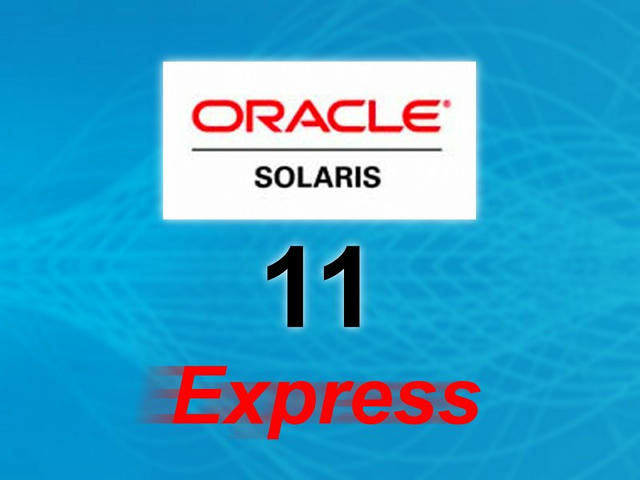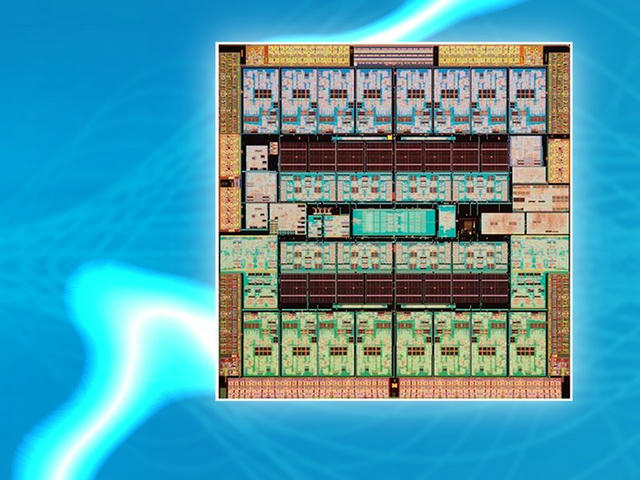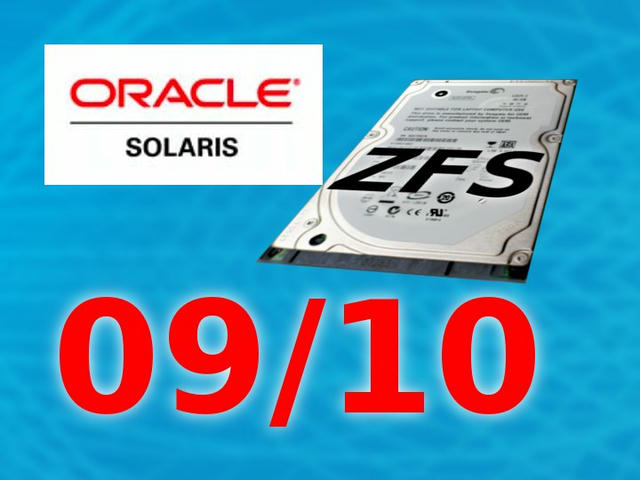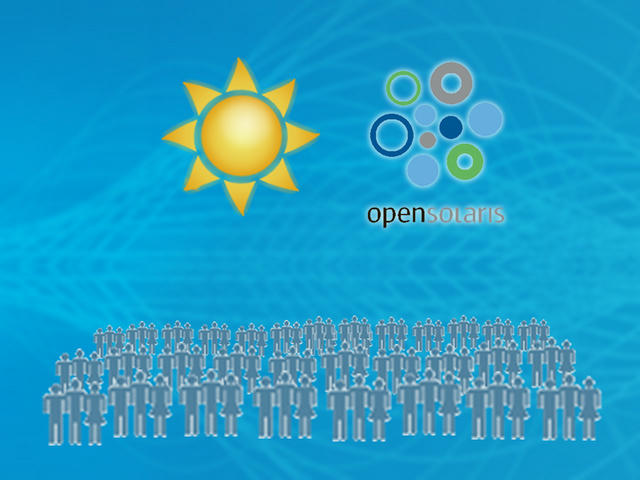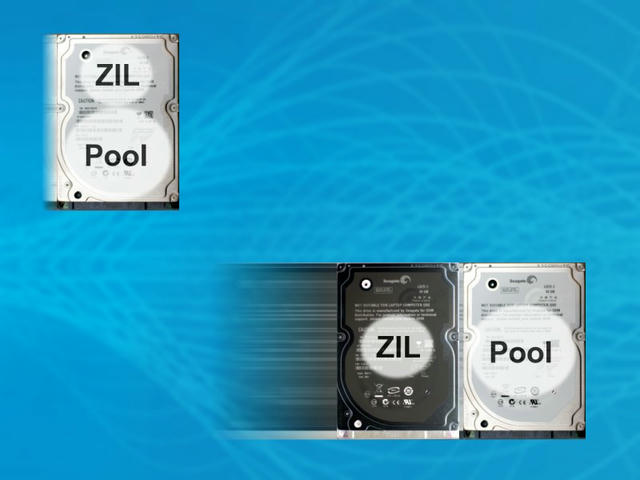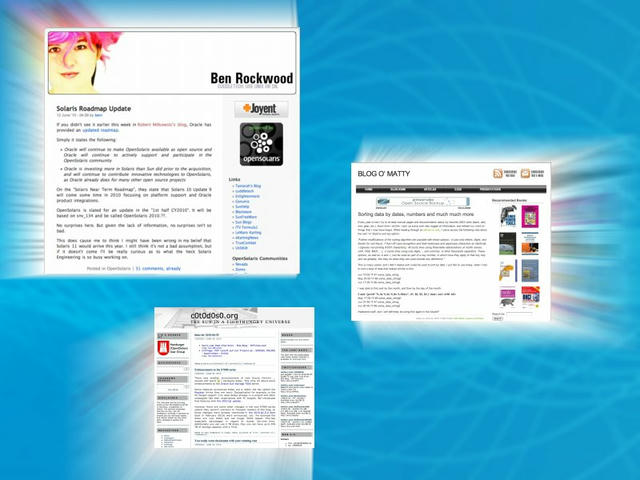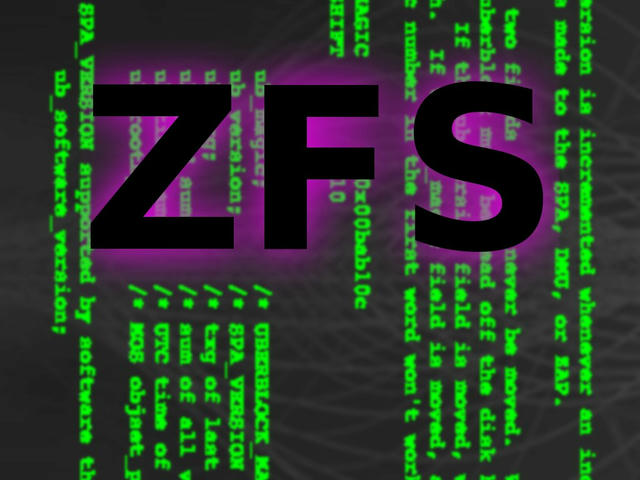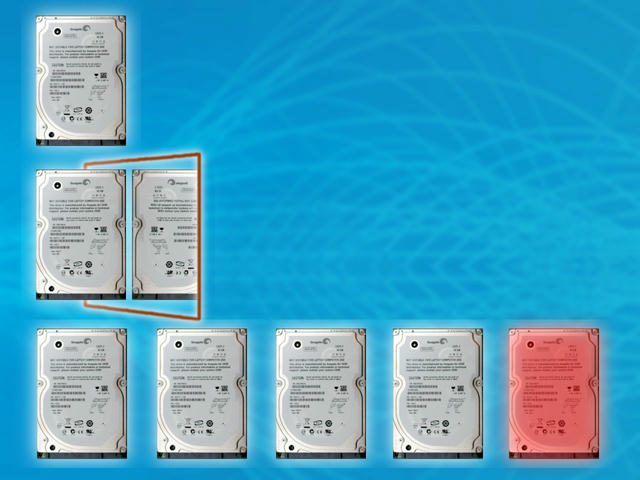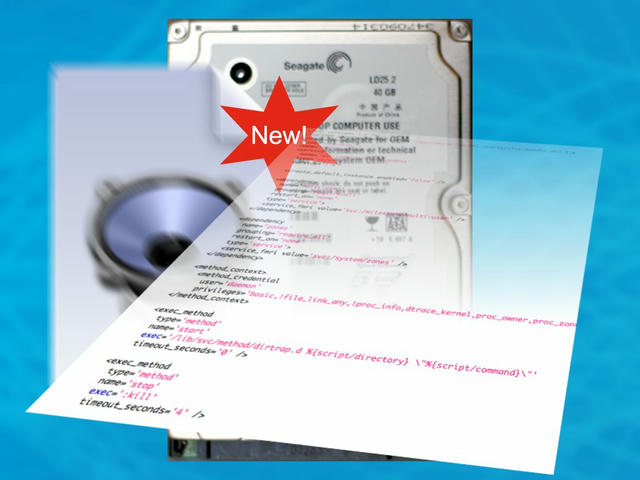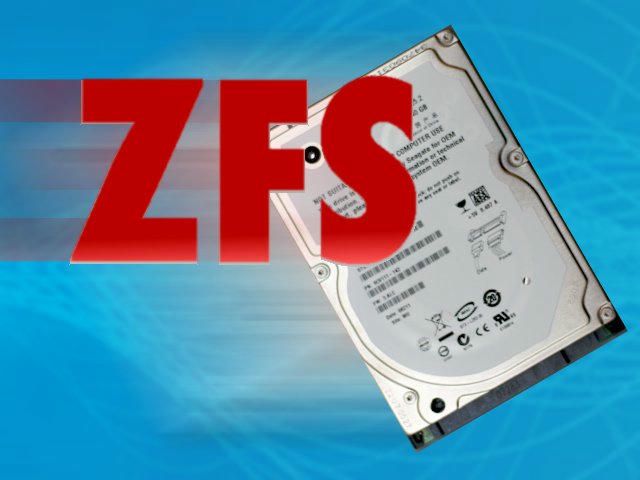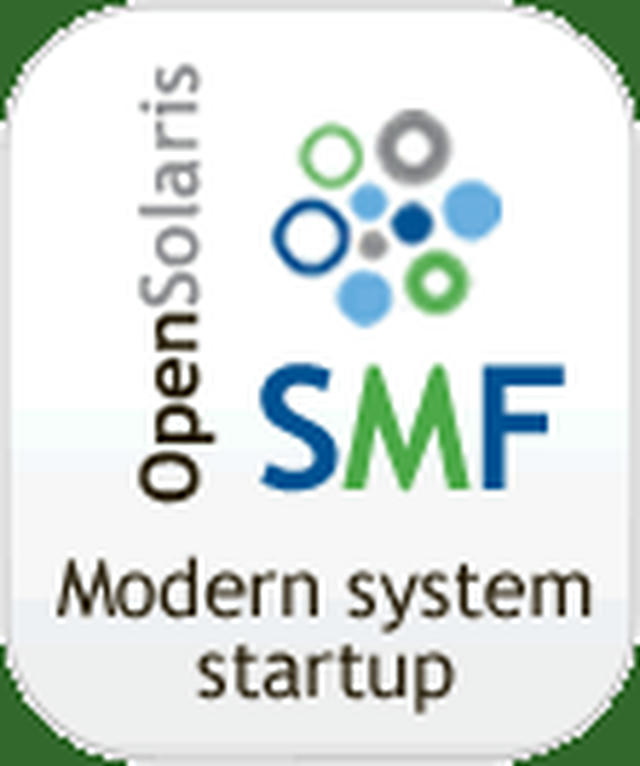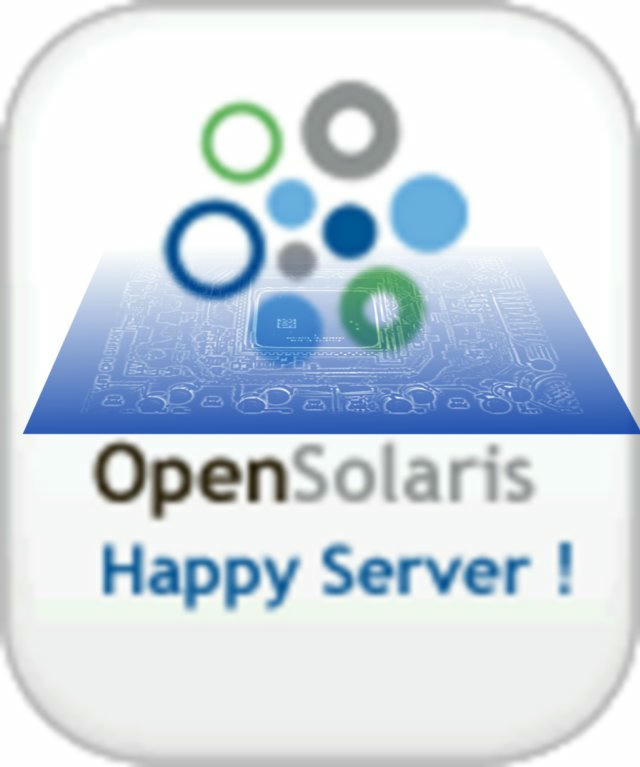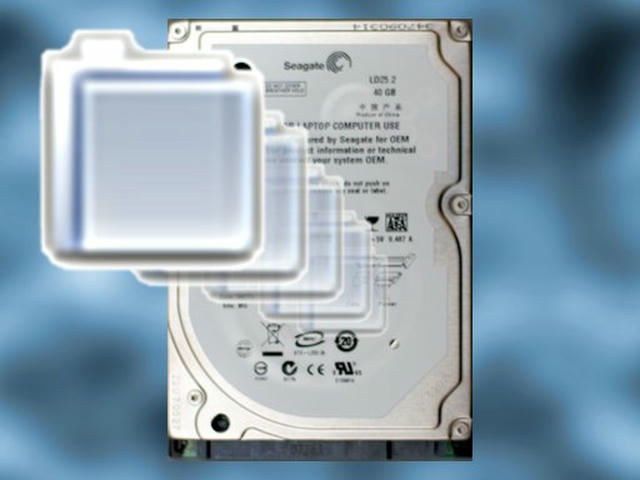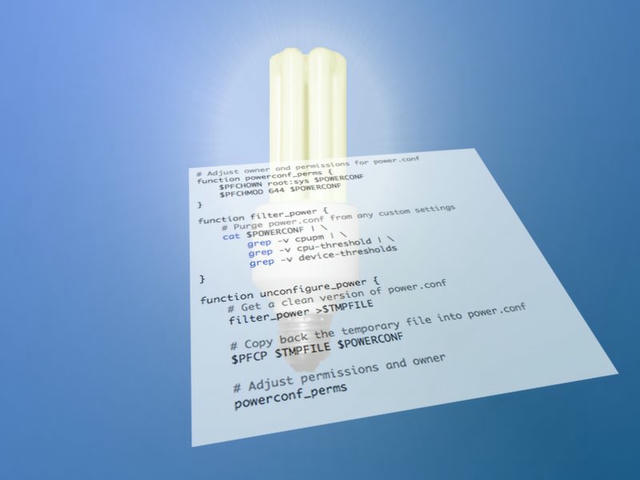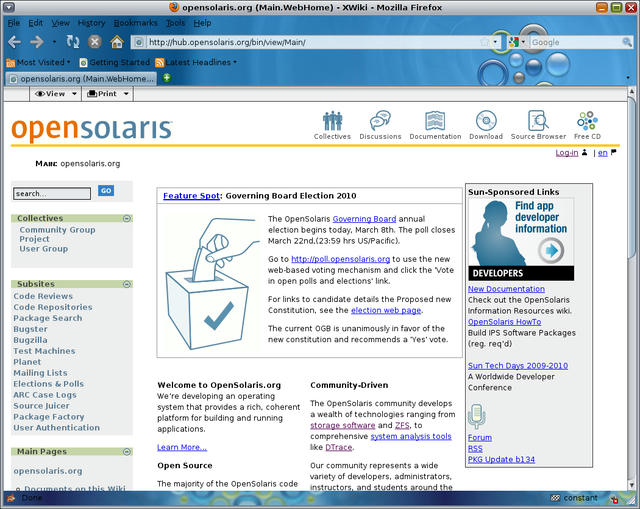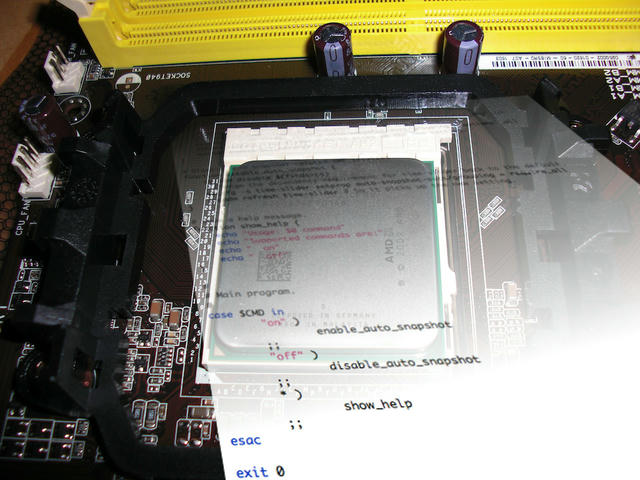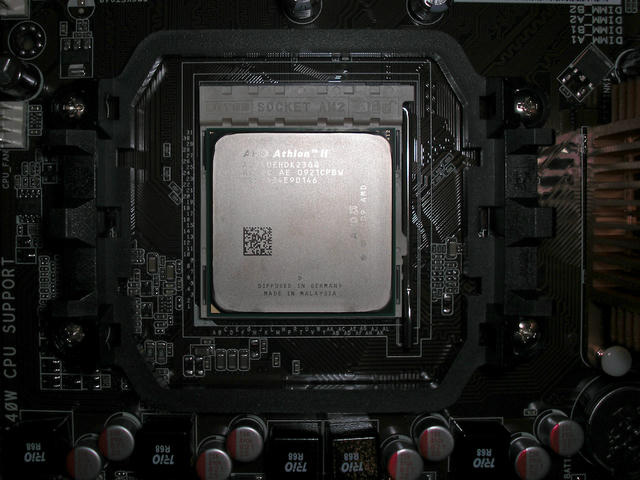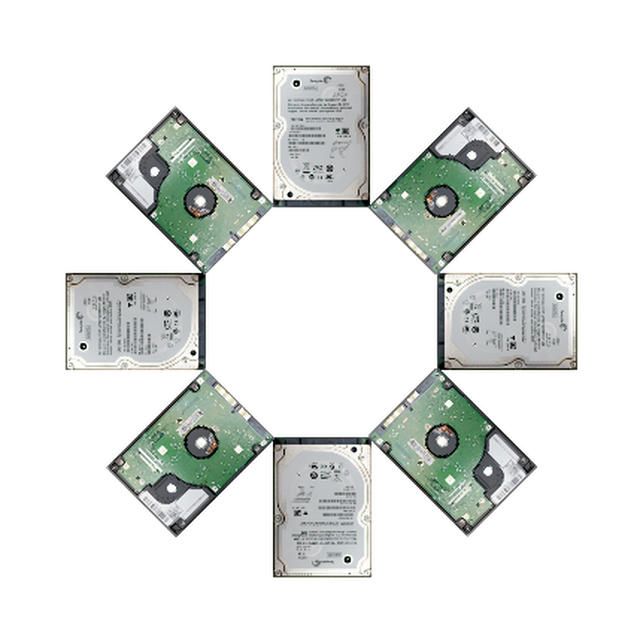In about a week, on November 9th, 2011, the long-awaited final version of Solaris 11 will be launched. If you happen to be near New York that day (and assuming there’ll be no power outages), you’re invited to join the official Solaris 11 launch party!
Solaris 11 has been in the making since 2005, when Solaris 10 was launched. In fact, every major Solaris release is just a fork of the ongoing Solaris development train, so the very first uber-pre-release of Solaris 11 was actually generated only weeks after Solaris 10 hit the shelves.
Since then, Solaris 11 (or: Project Nevada as it was called) has seen a lot of OS history: An open source adolescence called OpenSolaris, growing adoption and community work, a broad range of ground-braking new features, long overdue re-writes, brand new concepts, controversial discussions, a major acquisition, rules changed and rules kept, siblings and offsprings, lots of investments, entire companies built on top of its source code, generations of processors and hardware, lots of systems in production, the Cloud and what not.
And all that before it was even born. Quite an achievment, eh?
